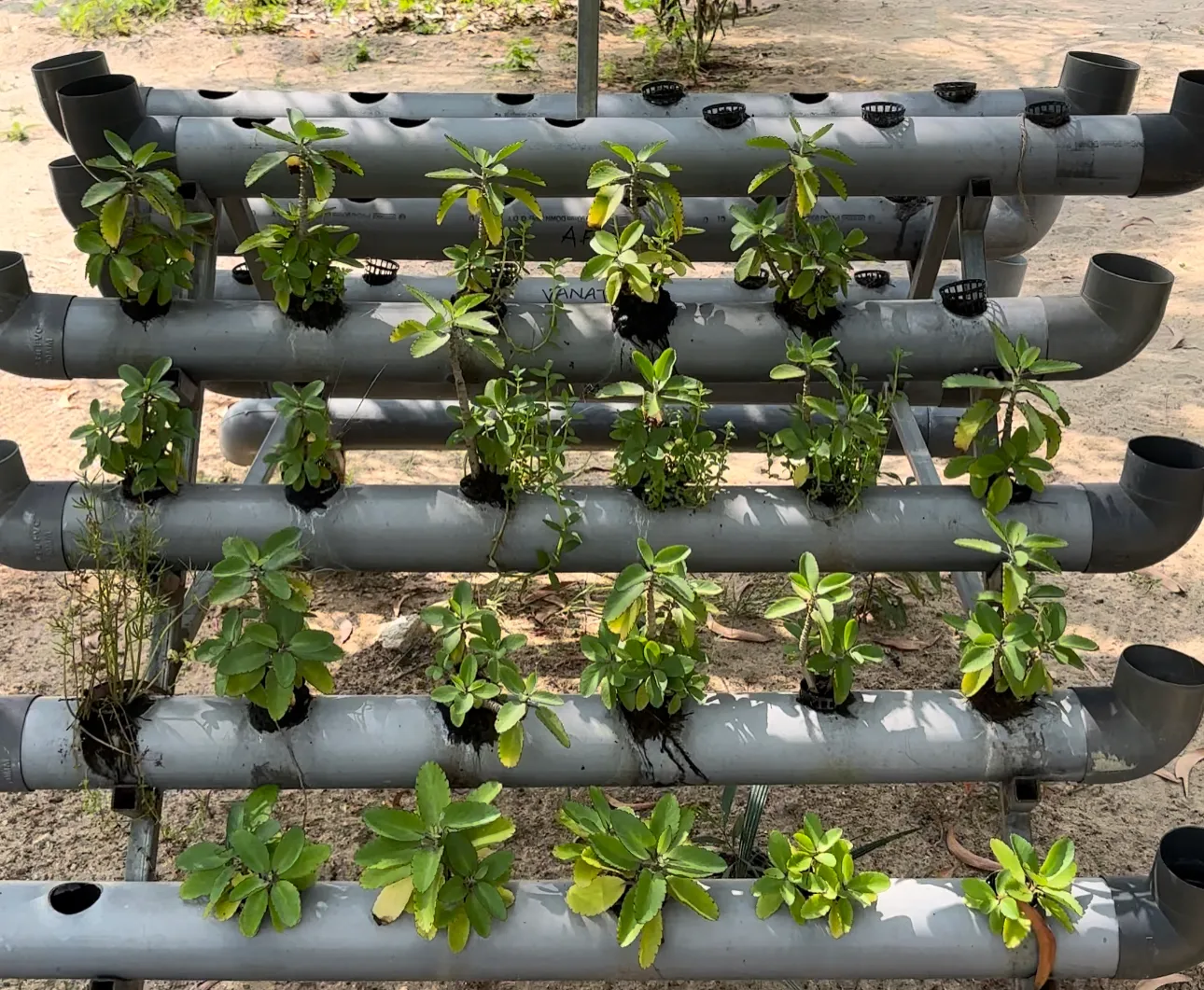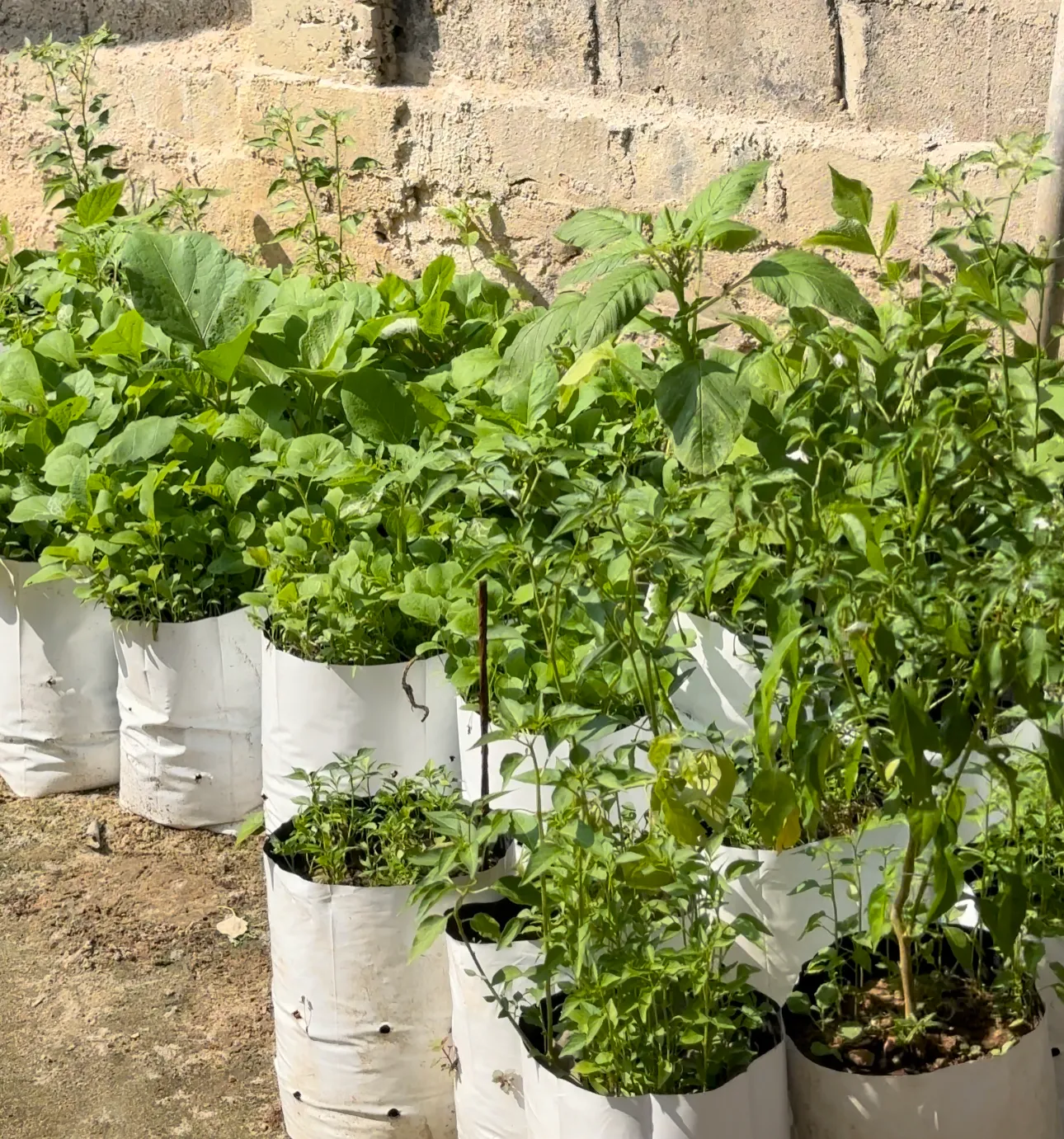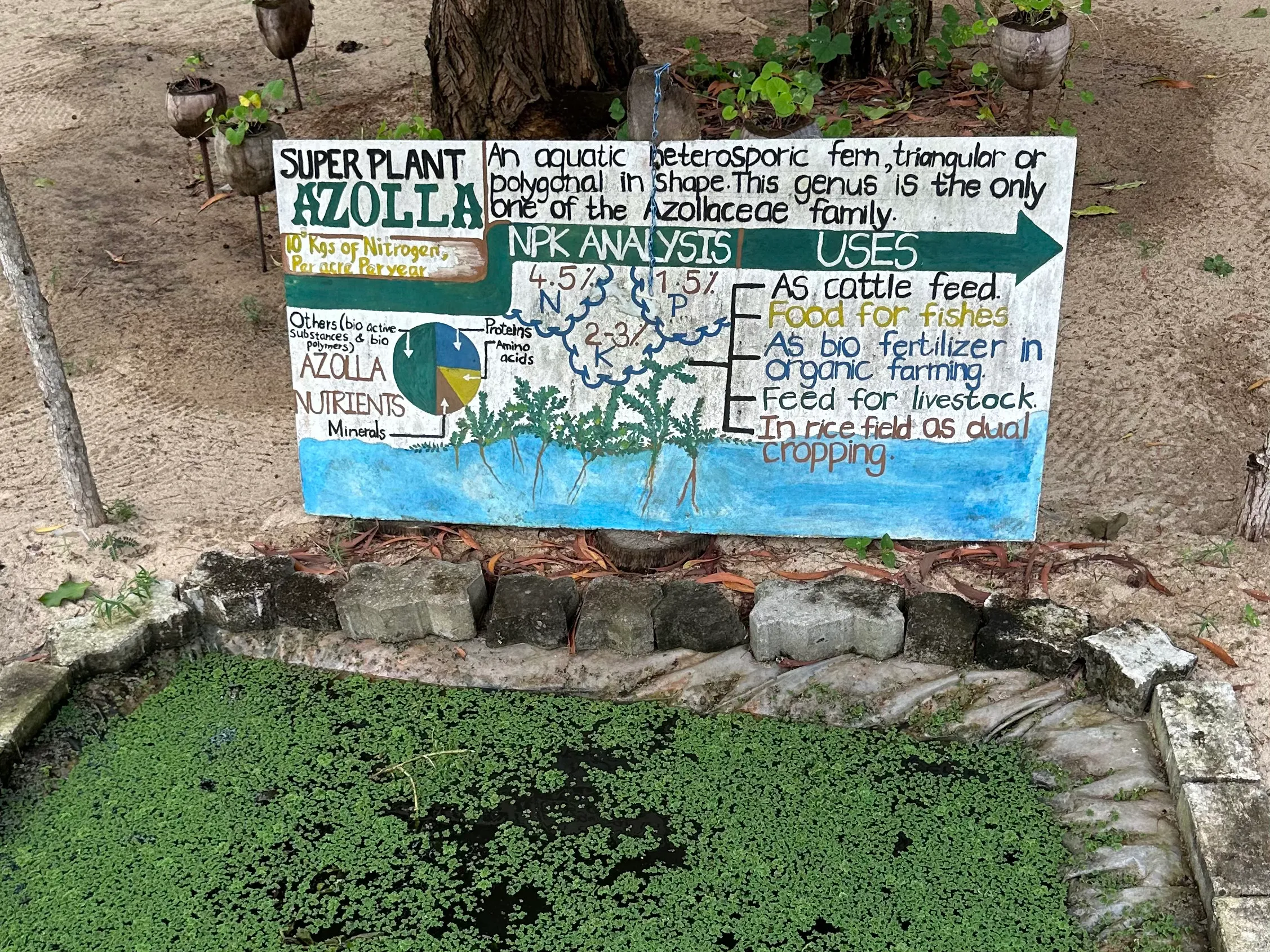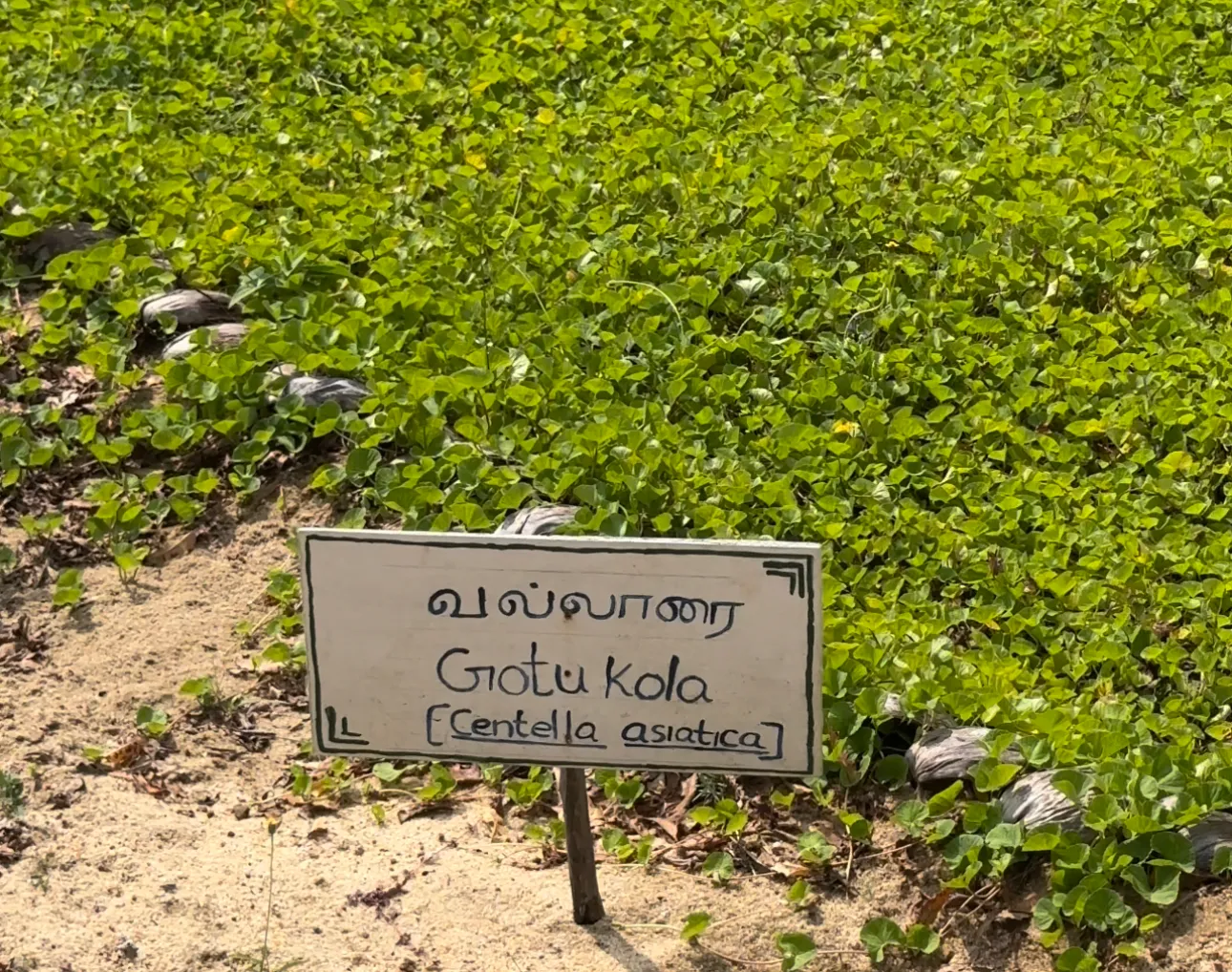Dilmah Conservation: Transforming Eastern Sri Lanka
Discover how the MJF Centre for Dignified Empowerment and Sustainable Development helps Eastern Sri Lanka's recovery from natural disasters and addresses climate change through sustainable practices and community-focused initiatives.
Chapters
Dilmah Conservation - East
During my time in Sri Lanka, I visited the MJF Centre for Dignified Empowerment and Sustainable Development in Eastern Sri Lanka. Nidharshan, coordinator of Dilmah Conservation, told me more about what they do at the Centre.
The Eastern Sri Lankan region has faced significant natural challenges over the past decades, including a major cyclone in 1978 and a devastating tsunami in 2004, which greatly affected the coastal areas. These events have drastically changed the landscape and the lives of the people living there. Additionally, ongoing concerns about climate change impacts in this region prompted the initiation of conservation efforts.
Dilmah Conservation began working there after the tsunami, to help revitalize the area and support the affected families. Then, in 2017, the MJF Centre for Dignified Empowerment and Sustainable Development officially opened in Kalkudah, Eastern Sri Lanka. The Conservation efforts are not just about environmental action but also about fostering enduring bonds within communities and between humanity and nature. Keep reading if you want to discover more about the Conservation projects in the East.
Greening Batticaloa Project
One of the main projects of Dilmah Conservation, Greening Batticaloa, started in 2010 with the ambitious goal of planting one million cashew trees by 2019. Impressively enough, the goal has been achieved, and the project has made a significant difference for the local community. The cashew trees are socio-economic forest plants, meaning that these trees help by creating shade, useful for other plants to grow, and providing cashew nuts, which are nutritious and economically beneficial, so the local families can have direct benefit by either consuming or selling the cashews.
The project also facilitated an unexpected yet welcome outcome: the strengthening of relations between the public and the army, once strained by years of conflict. In fact, by involving army officers in nurturing cashew trees nurseries while distributing plants to schools, a new narrative of cooperation and trust began to replace old tensions.
Biodiversity and Climate Change Adaptation
The Centre also focuses on biodiversity by maintaining an arboretum and a man-made forest. These areas are home to various plant species, including neem trees that produce oxygen and boxwood plants that repel mosquitoes. They serve as outdoor classrooms where visitors, especially students, can learn about growing plants in dry zones and creating microclimates.
If you visit the Centre, you will discover plenty of sustainable farming techniques, like hydroponics, and clever eco-friendly hacks, like using empty coconut shells as vases. The aim of the Centre is to explore and exhibit techniques to grow resilient crop zones in dry areas, to meet the needs of the East, and to create solutions for the crops affected by climate change.
Educational Outreach and Internships
Dilmah Conservation also focuses on education. They offer internships to university students from agriculture and technology programs. These internships usually last six months and involve research on dry-zone agricultural techniques, which are showcased at the Centre, and climate change, using data from a climate weather station on-site. This gives students practical experience and helps prepare them to handle environmental issues.
Sustainable Practices
What really makes the difference is that Dilmah Conservation uses innovative, eco-friendly methods in all their activities. For example, all buildings in the Centre are designed to be more eco-friendly, by shaping them to handle the monsoon winds, and covering their rooftops with grass to keep them cool.
Furthermore, with all the research conducted on-site on climate change adaptation, they have created a list of simple interventions to adapt to climate change, without the need of advanced technology.
Simple Interventions to adapt to climate change:
- Grow plants which are more resilient to climatic changes.
- Encourage diverse vegetation patches.
- Use rainwater and waste water more efficiently.
- Use biochar for long-term improvement of soil condition.
- Adopt integrated agriculture systems like aquaponics and agroforestry.
- Use your garden waste in retaining the soil moisture in your farms.
- Introduce resource efficient agriculture.
These steps can be followed by anyone with a garden, or organizations, who want to improve the resilience of their crops and soil, and assure a better chance to fight climate change.
Conclusion
In conclusion, visiting Dilmah Conservation in Eastern Sri Lanka was an experience full of learning and I left from there with a great sense of hope for the future. The Conservation's work is a great example of how focused efforts can help recover from natural disasters, fight climate change, and improve community relations. Their work shows how important it is to combine community involvement, education, and innovative practices to create a sustainable future. And that’s what we believe in at Dilmah.
Explore the world of kindness
Have you ever wondered about the lifecycle of a tea plantation, particularly how new tea plants are cultivated and old ones are managed? I went to Dunkeld Tea Estate, where the art and science of tea begins in the nursery.
You might have heard it already, but what is exactly World Earth Day? Let us talk you through what it stands for, what it means for us at Dilmah, and how it is not just a day but a part of our values.
Discover Dilmah's Ceylon Tea Elixirs, the refreshing essence of Ceylon tea, transformed into versatile elixirs. Each drop is a blend of taste, healthful benefits, and dedication to sustainable practices.












